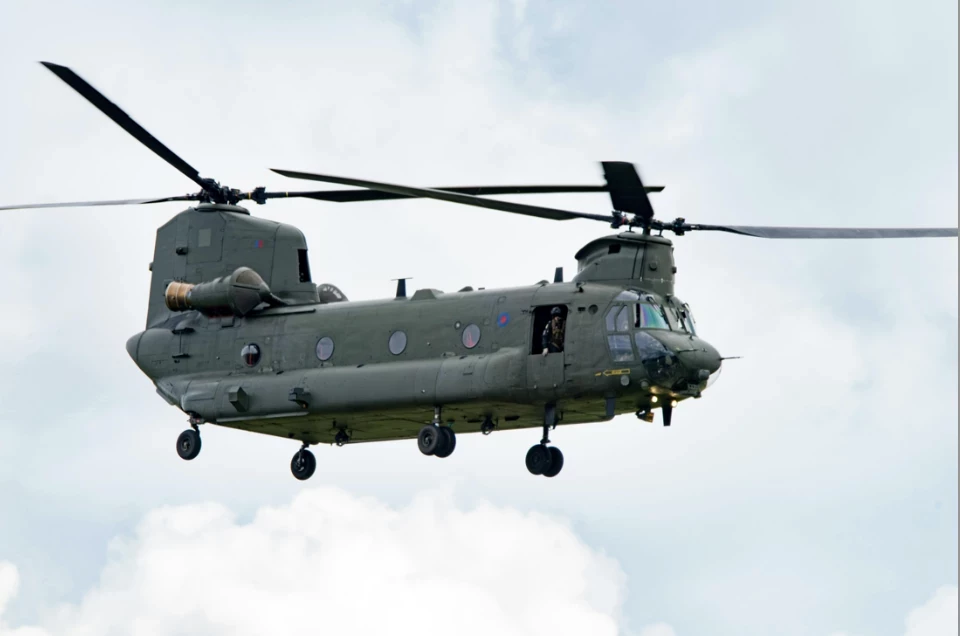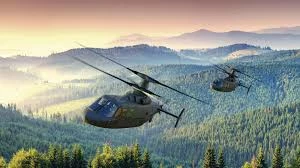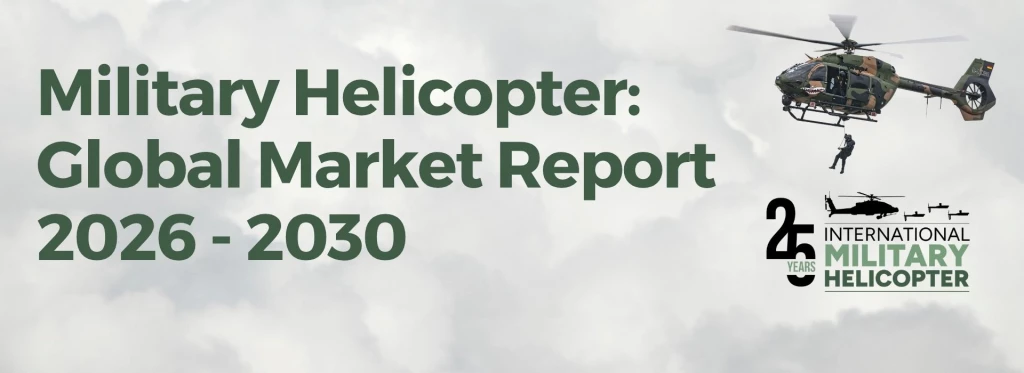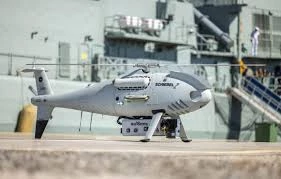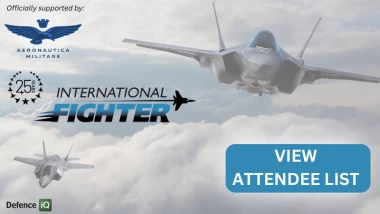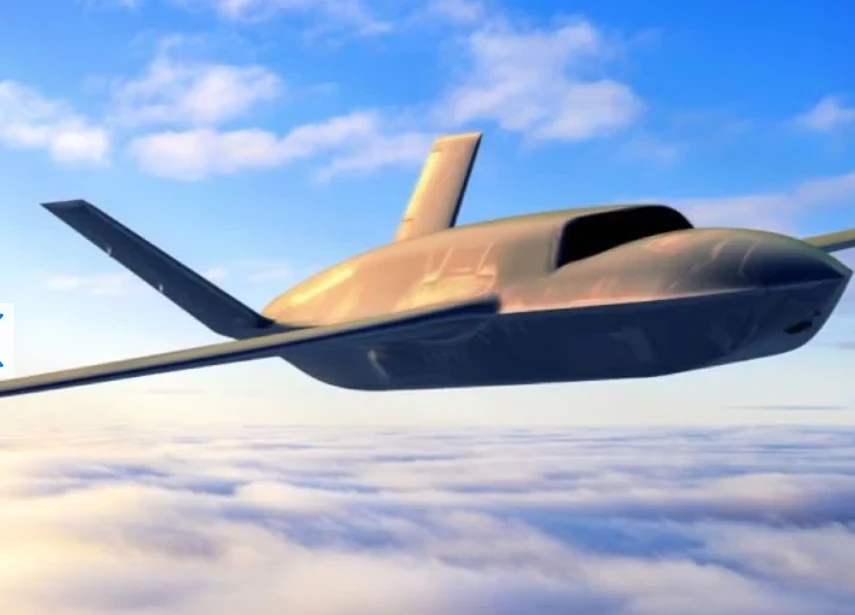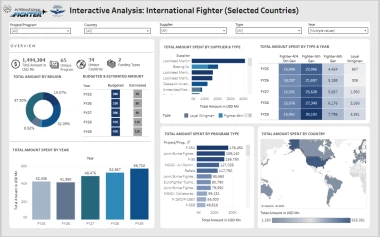USAF airborne ISR capabilities set for $2.5 billion boost with Joint STARS Recapitalization programme
Add bookmarkU.S. Air Force Col. Scott Owens, Theater Battle Control Division chief, discusses battle management priorities with industry partners during a Hanscom Representatives Association meeting in Lexington, Mass. (U.S. Air Force photo by Linda LaBonte Britt)
The Joint STARS Recapitalization programme, a project designed to upgrade and modernise the U.S. Air Force’s Joint Surveillance Target Attack Radar System (JSTARS), could be worth $2.5 billion in development funding alone over the next five years according to USAF acquisition official Colonel Scott Owens.
"The Joint STARS Recapitalization effort is one of the Air Force’s top acquisition priorities; the Air Force Chief of Staff has indicated it’s his No. 4 priority," Colonel Owens told Defence IQ in an exclusive interview, highlighting the importance the Pentagon has placed on the new airborne ISR capability.
Colonel Owens is a Senior Materiel Leader for the Theater Battle Control Division at Hanscom Air Force Base, Massachusetts. He is responsible for the lifecycle acquisition of a portfolio of programmes that provide worldwide communications, Battle Management (BM), Command and Control (C2) and Intelligence, Surveillance and Reconnaissance (ISR) systems to the warfighter.
"JSTARS is a proven force in theatre, and the [new Recap] is based off of requirements from the existing JSTARS weapon system," Colonel Owens said.
"Recapitalizing that essential capability more affordably, for example on a smaller, more agile, commercially available airframe, with an open systems architecture that can incorporate more modern technology, would help the Air Force reduce cost and ensure that capability continues beyond the life of the current weapon system."
While the programme is not yet an official Air Force "Programme of Record" and hasn’t entered the Air Force acquisition life cycle, the requirement for this new weapon system is unmistakable.
"Airborne ISR is a key enabler to the Air Force’s enduring requirement of battle management and C2," said Col. Owens.
"That’s why a weapon system like JSTARS remains a critical, high demand, warfighting capability…because it brings both ISR and C2 missions together on a single airborne platform.
"Credible, persistent ISR anytime anywhere is extremely important to Airman and especially to combatant commanders, enabling them to make informed decisions. ISR is, and will remain, a key enabler and enduring Air Force requirement."
The contract could prove to be a big win for industry, although Col. Owens said the programme has not yet reached a level of maturity where we can see a clear path of opportunities laid out.
"Once an acquisition strategy is approved we will have a clearer idea of contract opportunities that will be available to industry."
According to sources, Northrop Grumman could put forward a Gulfstream G550, of which 500 flight hours have already been notched up on a testbed platform. If USAF opts for a smaller type of airframe as Colonel Owens indicated, it may also consider solutions from the likes of the Bombardier Global 6000 or the Embraer ERJ 145, but it is seen as a given that the aircraft will be a come from the commercial space, along with proven systems onboard in order to cut out a lengthy development process. Integrating those systems is likely to also pull in interest from Raytheon and sub-system providers. Boeing is banking on USAF acknowledging that its offering is only slightly bigger than the smaller frames on offer, as well as the ability of in-flight refueling as a defining feature for long-term cost reduction. Other potential contenders for the contract include Airbus and Cessna.
USAF has already been "really engaged" with industry on the programme to explore the scope of airborne ISR and battle management capabilities. One of the key focuses for Col. Owens is to look at interoperability capabilities of the future Joint STARS weapon system to ensure this is built in from the start.
"As an Air Force acquirer, my goal is to field effective and affordable solutions for the warfighter. One means of accomplishing this is to adopt an Open Systems Architecture approach.
"Open System techniques will not only enable new capabilities to be integrated more efficiently; it will also allow us to open up and promote competition throughout the acquisition lifecycle, giving industry, small and large business opportunities to contribute to us achieving Air Force affordability goals."
The current Recap budget and acquisition efforts are focused on risk reduction, cost benefit trade analysis and market research. Risk reduction will "demonstrate technology and system design maturity" while USAF’s trade analysis will support a "timely and cost effective acquisition plan" as this effort progresses toward the development phase of the acquisition lifecycle.
[eventpdf]










